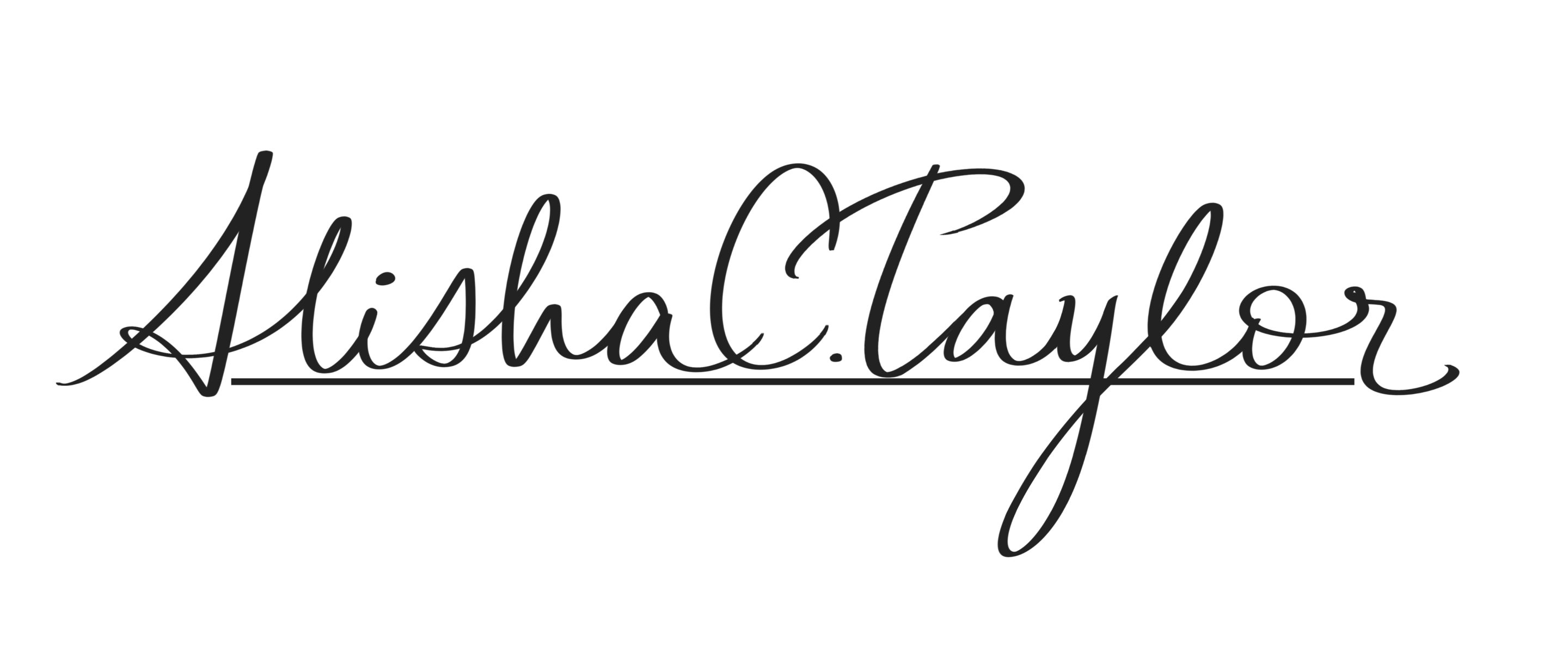Confidence isn’t an inherent skill—it’s learned through the act of doing. So how do you create confidence when you don’t know anything…yet?
I’ll never forget the feedback from my first professional performance review: “You really need to start asking more questions around here—you’ll never learn if you don’t ask.”
It was true. I only asked for help after fruitless hours of research on my own. “I feel that I’m so new, that maybe I don’t even know what questions to ask or where to start,” I explained.
My manager thought about this and agreed. “Let’s work on your confidence plan.”
Confidence? This wasn’t Imposter Syndrome—I had no knowledge whatsoever of what an engineer did in the workplace…yet.
What I didn’t know was that my company culture valued being seen and heard. I was doing neither as a new engineer. I was afraid that something I might ask would derail a conversation, or even worse—make me look like the new person.
So how do you create confidence when you don’t know anything…yet?
Form a Plan
Even if work is busy or your workplace doesn’t have a plan for formal training, make your own learning plan and stick to it. Interview and ask a variety of experts including your manager, a trusted mentor, and others for input. Block off time for reflection and learning. If things are truly busy at work, use personal time to ensure that you’re learning and owning your career. Activities can include reading, attending conferences, taking online classes, or asking for exposure to projects with specific learning objectives.
Celebrate Your Strengths
You may be new to your job or career, but chances are you’re pretty darn good at many things. Make a list of your admirable qualities, skills, and traits. What are you known for? Are you a “go-getter,” a fast learner, eager to help others, kind, organized, or detail-oriented? Make this list as large as possible, and ask your family, friends, and network for input. This will remind you of your successes and instantly boost your confidence.
Research and Prepare Ahead
Block off 30 minutes to an hour every day before a scheduled meeting to prepare. Review the agenda, objectives, previous meeting minutes, and key stakeholders. If there’s a project share folder or high-level information, ensure that you have access for your research. If there’s anything missing or gaps in what you should know, reply to the organizer and ask. Be sure you can answer and deliver on this question: what are you expected to contribute to the meeting?
Be Seen and Heard
Set a goal to make a value-add comment or at least to speak in every meeting you attend. Think of and write down comments and questions you can ask—things that long-established teams or projects may not think of, or that offer new insights to older projects. Include the voice of the customer, assumptions, or vendor and coordination issues, as in the following examples:
- Do we have recent customer feedback on the issue?
- What are our current assumptions around this issue? Should we revisit those?
- Have we determined that this risk is acceptable to our customer?
- Have we verified vendor capability?
- How does this align with our staffing/risk/communication plan?
Acknowledge the Elephant in the Room
While using apologies or weakening words such as, “just” or “I was wondering” should be avoided in communication, leading with a factual “I’m new” statement allows others the opportunity to provide support. Depending on your company culture, you can try this in a small group or one-on-one situation instead of a large meeting. Start with statements such as, “I’m new to the industry;can you tell me where do we compare with our competitors on this issue?” or, “I’m coming up to speed on this program; can you tell me the history of that decision?” You will likely get more support and offers for help if you admit to being new, rather than adopting a “fake it ‘til you make it” persona that everyone will see through.
Strike a Pose
Study body language and research the power of using power poses to influence your personal confidence. Practice incorporating these gestures, poses, and actions so that they appear natural. Practice standing up tall and taking up space.
Combine power poses with your questions and statements above and practice them together. Practice them so much that you are comfortable and look natural using them in meetings, in the workplace, and around coworkers and office leadership.
Make Feedback a Habit
As with any plan, continuously work with a trusted mentor, supervisor, or peer on your goals and objectives. Practice incorporating and scheduling regular feedback with trusted colleagues, asking for evaluations directly after demonstrating the behavior.
If you only hear, “You’re doing well—keep up the good work!” practice asking the follow-up question, “If you had to pick something, what is one thing I could improve on?” Be prepared to offer your own thoughts to get the discussion started.
Feedback may be uncomfortable to hear at first, but practice doing this with trusted people and it will become easier.
Confidence isn’t an inherent skill—it’s learned through the act of doing. Tell everyone that you’re new, and you will likely find support so you can learn faster. Form your plan to gain competence, practice asking questions with power poses, and incorporate feedback as a daily habit.
Set up a daily reminder to review your strengths and successes—you’ll soon be an expert in more than just confidence!


